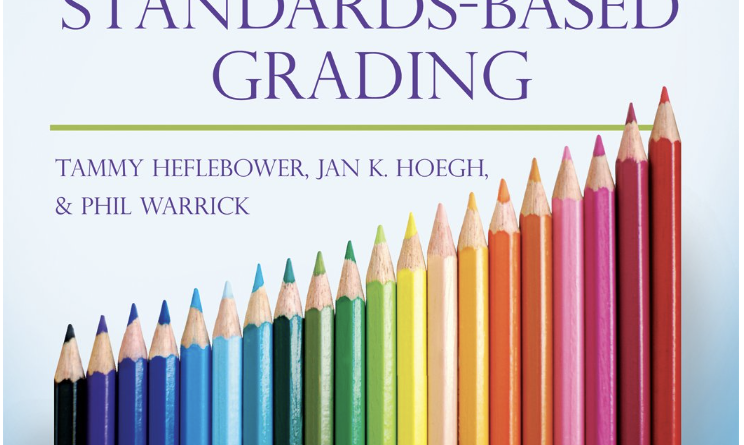Standards-based grading creates fans and foes
CVUSD highly recommended this year that teachers switch to standards-based grading. While some CVHS students are grateful for standards-based grading, many others are unhappy with the change. While the district has yet to force teachers to make the switch, it seems like a mere matter of time before all classes are using standards-based grading.
Standards-based grading is a new grading system using a four point scale. Students also have the ability to retake or revise all work and homework is not graded. This system is supposed to bring equity to grading.
“I certainly wouldn’t be doing this voluntarily,” said AP Art History teacher Jo Sutton about transitioning to standards-based grading this year.
Over recent years some teachers have been slowly moving to standards-based grading on their own accord, but many teachers have not made the switch.
The subjects that standards-based grading are most prominent in are math and science classes. These teachers have moved to standards-based grading before other subjects on average.
Standards-based grading “focuses on student’s understanding instead of their behaviors and doesn’t punish students for having a life outside of school,” said math teacher Arthur Wahner.
Although the math department has been doing standards-based grading for years, some argue that teachers can run into problems in other subjects where answers are more abstract.
Wahner disagreed: “it should be done in all classes. It’s just got to look different for different classes.”
A standards-based grading committee consisting of teachers at CVHS was also created. The committee has been meeting since last spring with the goal of proposing a recommended policy to the school board
However, “it is clear that the district administration already made a decision to move forward with standards-based grading over the past few years,” said committee member and history teacher Jennifer Sitkin.
The district then decided to spend $140,000 to have a consultant talk about standards- based grading.
“[That] was not an uplifting or inspiring, professional development, [and] for me to know it cost that much money for them to hurt my feelings is awesome,” commented Sutton sarcastically. “What a waste.”
Still, teachers are not completely against it: “I’m cool with it, because the spirit behind it is about equity,” Sutton added.
Standards-based grading started in 2012 and some CVHS teachers began using it in 2020.
Students have mixed opinions on the subject, with some liking standards-based grading and some not.
“I like it because you can retake to improve your grade,” explained junior Zoie Li.
With increasing pressure from the district, standards-based grading could become the new normal grading system in all classrooms within the next couple years.
This means that the spirit will be “did the kid do this and did a kid demonstrate mastery of this particular skill,” said Sutton.

